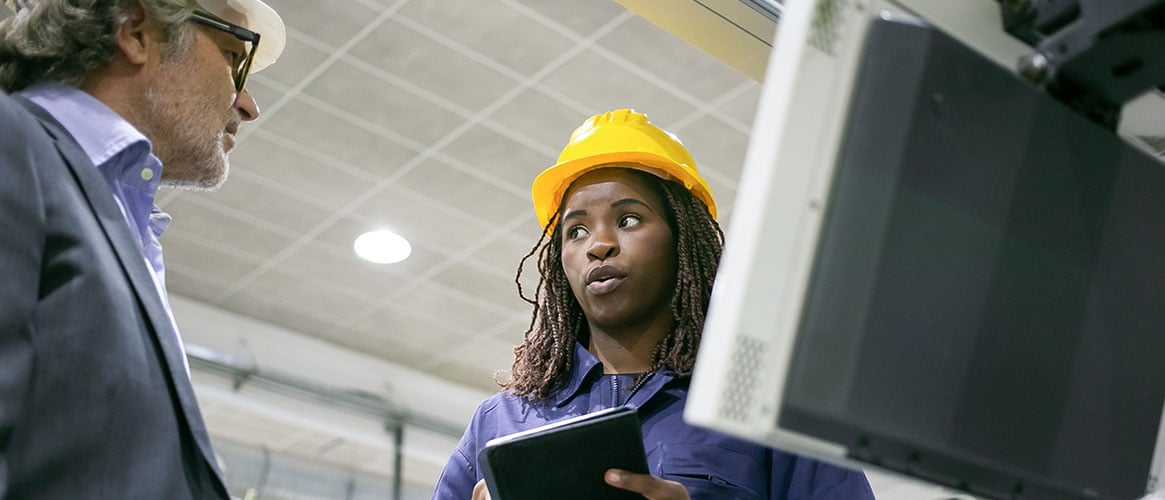Who is responsible for identifying hazards on the job? If you think it’s you as the employer, you’re only partially right. Workplace safety is actually everyone’s responsibility, and getting your employees involved in hazard identification is crucial to keeping your worksite and your workers safe. Here are five reasons why involving your employees in hazard identification is smart for business:
- Frontline workers know where the hazards are. Your employees out doing the job every day know the work and the jobsite well—maybe better than anyone at the company. They are your best source of information on what hazards exist at your worksites.
- Engagement leads to better communication and fewer injuries. In a positive safety culture, the employer engages all employees in safety and makes it easy for them to report any hazards they encounter. Workers who feel involved take more care with their safety and take fewer risks, which can lead to fewer injuries on the job.
- More eyes on safety can result in better work processes. Involving your employees in hazard identification will help ensure that everyone is aware of the hazards in your workplace and the measures or processes you put into place to control them.
- Get validation that your safety measures and controls work. No one knows the best way to perform your work better than the employees who do the work every day. Getting their input on controlling hazards will help you validate that the controls you put in place are effective and the right ones for your operations.
- Employee buy-in means more support for your safety program. Engaged employees are more supportive of the safety program because they are part of the decision-making process. Asking for their input helps ensure your employees know that you value their opinions.
Use our hazard checklist to help identify potential injury and illness risks at your workplace.
Engaging employees in their own safety raises their awareness of workplace hazards and as a result, communication between management and frontline staff improves. Costs go down as work flow and production increase, and the workplace is safer all the way around. That positive outcome is probably the best reason of all.
